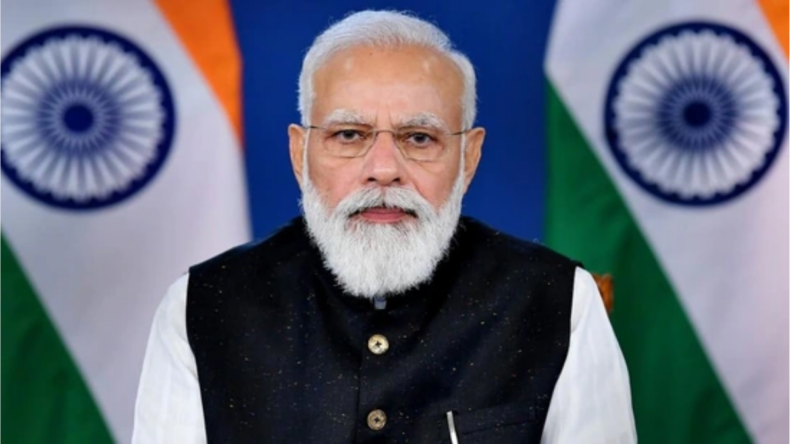PM Modi stated that the first instalment has given Tripura’s hopes a fresh lease on life.
Prime Minister Narendra Modi used video conferencing on Sunday to distribute the first installment of the Pradhan Mantri Awaas Yojana – Gramin (PMAY-G) to around 1.47 lakh Tripura beneficiaries.
PM Modi noted that the first instalment of PMAY-G has provided new impetus to Tripura’s hopes and that the whole northeast is changing. Biplab Deb, the Tripura chief minister, was lauded for “changing the government culture” and “traditional ways of functioning.”
“I congratulate Biplab Deb and his government on successfully altering the government’s culture, working methods, and mindset in such a short period. “Today, the young enthusiasm with which Biplab Deb is working can be observed all throughout Tripura,” he remarked.
The Modi government’s ambitious PMAY-G initiative aims to provide “housing for everyone” by 2022 when India celebrates 75 years of independence. More than 700 crore was to be credited immediately to the recipients’ bank accounts on occasion, according to the Prime Minister’s Office (PMO).
Criticizing previous Centre-led governments, Prime Minister Narendra Modi stated that former policies were formulated behind closed doors in the national capital and “unsuccessful attempts were made to integrate the northeast into this.”
He reminded the beneficiaries of the PMAY-G programme in Tripura that closed-door policies lead to segregation, which the country has addressed in the last seven years with a fresh attitude and strategy.
About Tripura:
Tripura is a state in India’s northeast. To the north, south, and west, Bangladesh and the Indian states of Assam and Mizoram to the east make up the country’s third smallest state, covering 10,491.69 km2 (4,050.86 sq mi). The state’s population in 2011 was 3,671,032, accounting for 0.3 percent of the country’s total.
The territory now Tripura was once part of an autonomous princely state under the British Empire’s dominion, controlled by the Manikya family for several centuries. In 1949, the newly independent India accepted the autonomous Tripuri Kingdom (also known as Hill Tippera).
Tripura is physically isolated in India, with just one major roadway connecting it to the rest of the nation, the National Highway 8. The Boromura, Atharamura, Longtharai, Shakhan, and Jampui Hills mountain ranges stretch north to south, with valleys in between; Agartala, the capital, lies on a plain to the west.
The state has a tropical savanna environment and is subjected to heavy rains from the southwest monsoon seasonal. More than half of the land is covered in forest, with bamboo and cane tracts frequent. Tripura has the most primate species per capita of any Indian state. The state’s economic growth is hampered by its geographical isolation.
Tripura, which has poor infrastructure, continues to be plagued by poverty and unemployment. Although agriculture and related sectors employ most citizens, the service sector accounts for the majority of the state’s gross domestic output.
Tripura has a literacy rate of 87.75 percent, according to the 2011 census, making it one of India’s most literate states. The literacy rate had risen to over 95.65%, according to the 2015 Child Census.
Traditional ethnic activities such as diverse dances to commemorate religious holidays, marriages, and festivities, locally manufactured musical instruments and clothing, and the worship of regional deities coexist with mainstream Indian cultural components. Sculptures found in Unakoti, Pilak, and Devtamura show a historical mix of organized and tribal faiths.
“Policies are being established based on the requirements of the region, not only those of Delhi,” he added.
PM Modi spoke to the BJP-led administrations at both the national and state levels, saying that the “double engine” government is working together with “all their energy and honesty” to develop Tripura.












